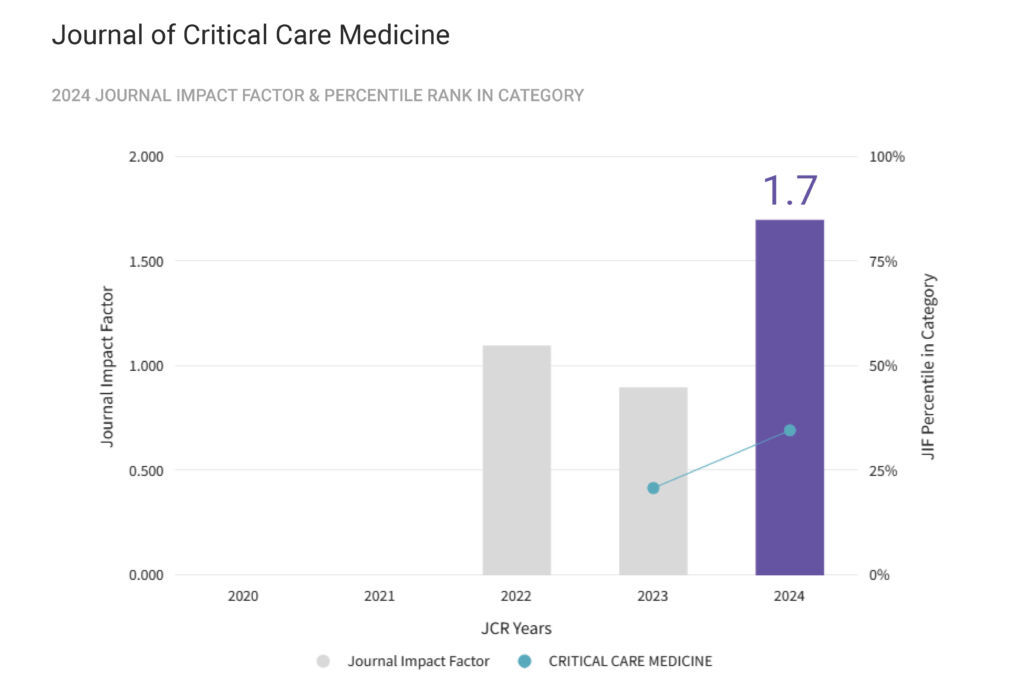In critical care, the line separating biology from technology is diminishing with progress. Organs that were once deemed beyond repair can now be supported, substituted, or even encouraged to heal. Artificial support is enabled through advanced materials and emerging technologies designed to imitate or enhance living tissue and function. This combination of organs and materials goes beyond mere mechanics; it signifies a profound merging of physiological principles and material design. As we improve these interfaces, the challenge lies in ensuring that innovation not only fulfils the need for survival but also upholds the integrity of the human body it aims to protect.
Initially, advanced materials were designed for: durability, resistance, and control [1]. Polymers, alloys, and composites were perfected to withstand impact rather than to support life. Later, they have been redirected toward healing, and for the ‘dialogue’ with living systems. Due to this shift, the use of technologies and advanced materials in critical care is revolutionizing patient care, enhancing diagnosis, treatment and safety [2]. Redefining the original goals of materials research, from protection to healing, has opened new paths for progress driven by purpose. Today, the development of advanced materials for health and well-being demands a truly multidisciplinary approach. In some intensive care units, engineers and clinicians already work side by side, translating laboratory discoveries into lifesaving technologies. This collaboration recalls an earlier vision of science as a unified endeavour, where boundaries between disciplines dissolve, and the pursuit of understanding becomes the shared gold standard. [More]
Materials of care: Engineering the future of the ICU
DOI: 10.2478/jccm-2025-0049
Keywords: advanced materials, ICU
Full text: PDF










